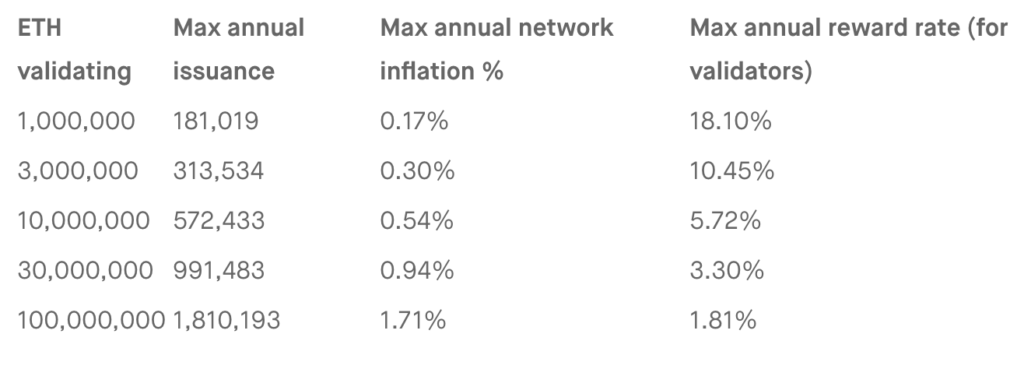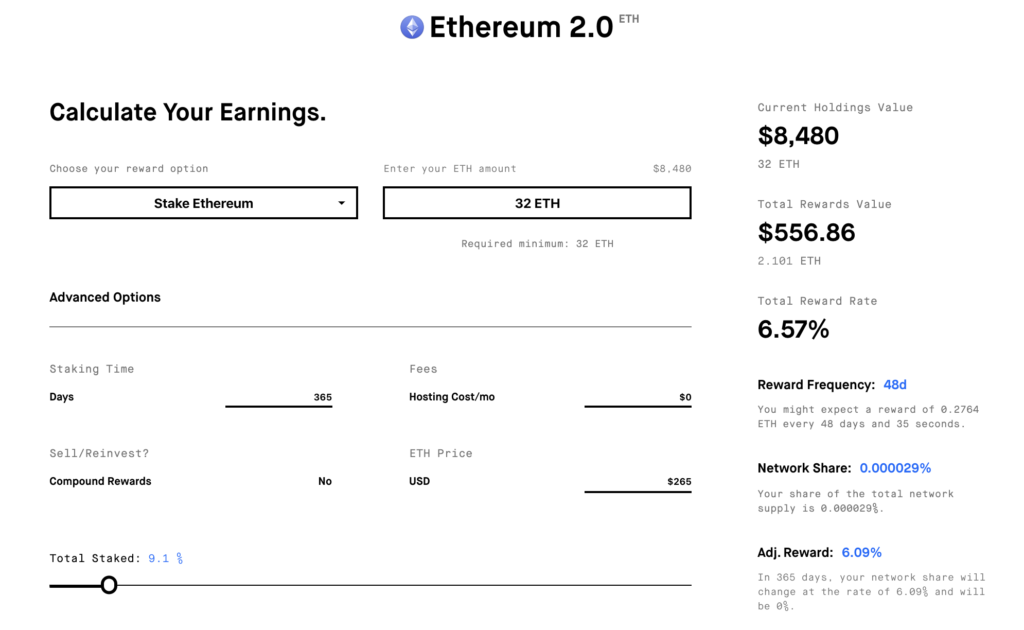Proof of work is almost on it’s way out and Proof Of Stake is just around the corner. According to recent Ethereum developer comments, we should expect the launch of ETH 2.0 by July 2020. This means that mining rewards will be cut down to a very small amount and people with at least 32 ETH will be able to “stake” their Ethereum, in exchange with a fluctuating interest rate. This is the perfect solution for long term bag holders or people who aren’t interested in day trading, but want to see a passive return on their crypto. The media hasn’t quite caught onto how impactful this technological shift in crypto is going to be, so it’s hard to find answers on what you will need to do to prepare for ETH staking. This article will outline how you can prepare for ETH 2.0 staking and be ready to go when it launches this summer.

How many Ethereum do I need to participate in staking (POS)?
The amount of Ethereum you will need to participate in POS and stake your coins is 32 Ethereum. At this point, it is unknown if you can stake more than 32 ETH at a time per one node, or if one node has a max/min capacity of 32 Ethereum.
How much interest will I earn on my Ethereum stake?
Currently the amount of interest you will earn for staking your Ethereum is 6.57%. However, this number is subject to fluctuation based on the amount of Ethereum being staked at one time. The chart featured below demonstrates the variable interest rate scenarios for Ethereum staking. If you’d like to get an estimate on how much your earning potential will be with various amounts of Ethereum, check out this Staking Calculator.


What hardware do I need to stake my Ethereum?
What hardware is needed to host a successful Ethereum Node is subject to change as further optimizations on the chain occur. There is a lot of work being done to allow users to host their nodes on something as small as a Raspberry Pi. However, at current time as I write this article it is not possible to host on a Raspberry Pi, so you will need to use a dual core computer with at least 8 gigs of ram is my recommendation. These are quite low specs, so something as simple as a $200 pre-built office PC should suffice.
What is “slashing” on the Ethereum 2.0 network?
Slashing is something that has been given very little attention, but in simple terms it adds the ability for individuals to setup slashing validator which protect the network from attacks. If your validator helps protect the network from an attack, you gain a commission from what would have been stolen from the network. Setting up a validator is a great way for people who don’t have enough Ethereum to stake and take part of POS.

Recent Comments